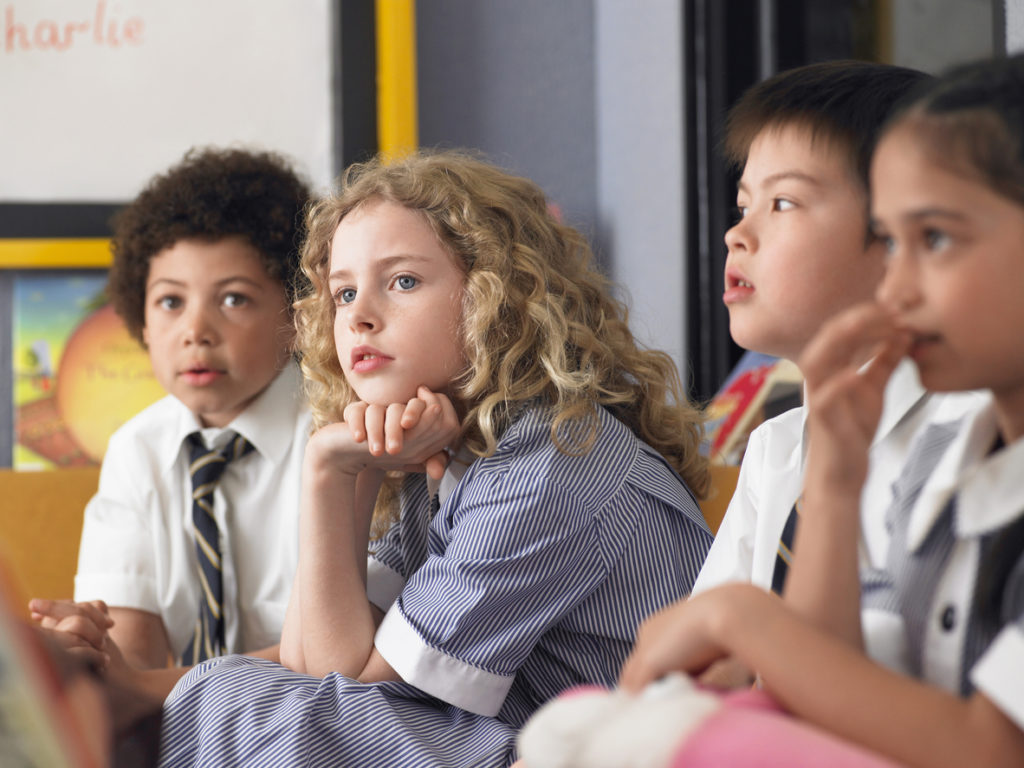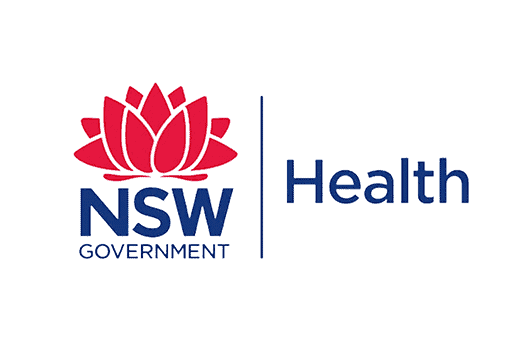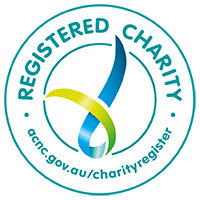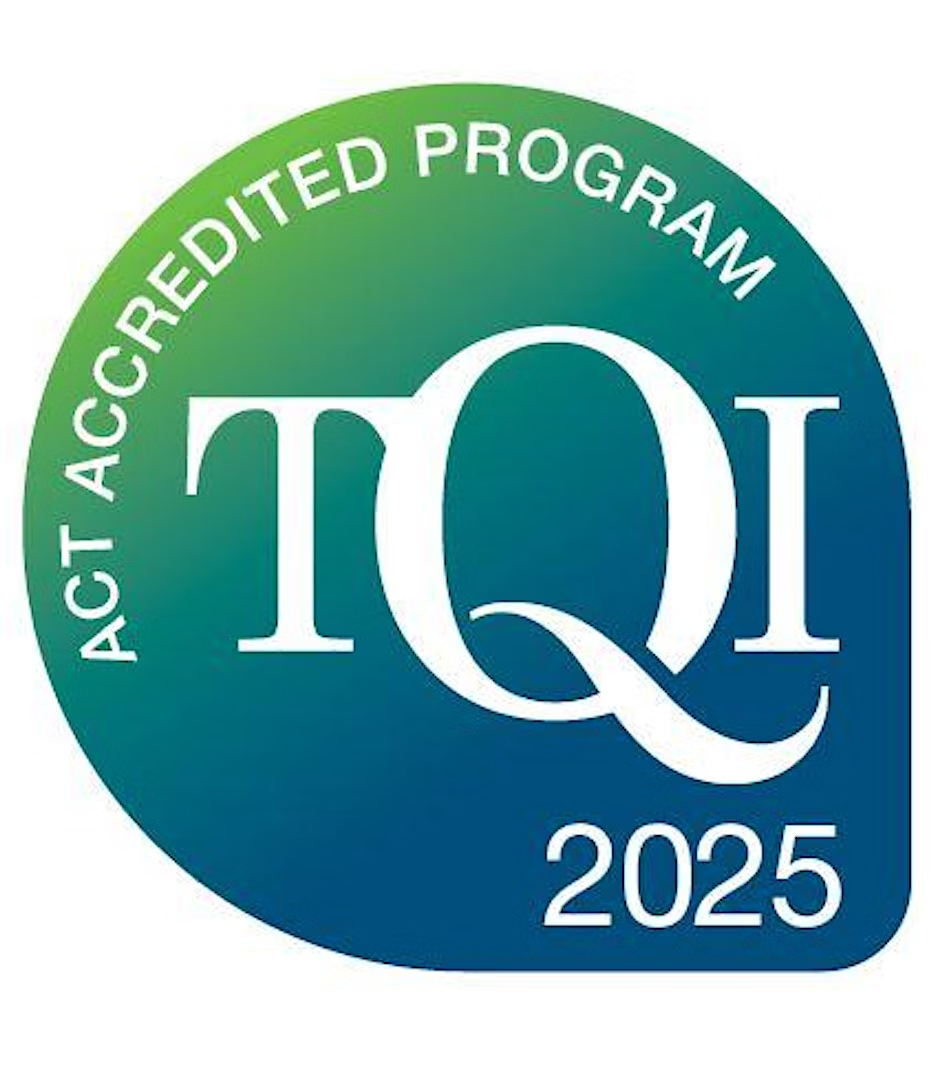Living amid a pandemic may feel more normal than last term, but there’s still much to navigate. And as recent floods along Australia’s east coast show, life will continue to throw challenges at our children, young people, schools and community.
The first term back at school was marked by disrupted teaching, student absenteeism, COVID anxiety, and parent concerns around educational outcomes. But it’s not all bad news. The school community has shown it’s adaptable and resilient. The pandemic has also shone a light on the importance of mental health, and human interaction in-particular.
Much can be gained by focusing on the mental health and wellbeing of your students, now and into the future. Research from the past few years highlights how you can help your students thrive at school this term.
1. Remember that healing is not linear
As we head into Term 2, it’s tempting to assume that the hard part is behind us and students have recovered from the changes associated with going back to school. Not only are we still very much in a pandemic, but recovery from trauma rarely follows a straight path.
Peer Support Australia’s CEO Samantha Brown says: “Students have continuing needs for support as they adapt to their new normal. A child or young person who showed resilience last year may be falling apart now.”
Ms Brown says schools may be tempted to pour resources into crisis mental health care, but it’s also important to consider school culture, and include universal strength-based mental health initiatives, like Peer Support, in your wellbeing strategy.
“The Peer Support Program offers a way for children to articulate their emotional needs on an ongoing basis. That consistency is vital to the individual and collective sense of safety,” she says.
2. Acknowledge the link between learning and wellbeing
Like adults, children and young people need connection and interaction. Remote learning and the surrounding stressors of COVID have had a big impact on the wellbeing and mental health of students. There have been many factors at play, including social isolation. As educators, we need to be mindful of students’ mental states and the impact this has on learning.
UNICEF Executive Director Catherine Russell says,“When children are not able to interact with their teachers and their peers directly, their learning suffers.” (You can read more from Ms Russel on the UNICEF website here.)
The more children feel safe, included, and happy, the more open they are to learning.
Omar Arias, World Bank Manager, Global Engagement and Knowledge, Education, says: “We need to be guided by the fact that children learn best when they experience joy, rigor, and purpose in the learning process”. (Read more on that on the World Bank site here.)
3. Consider your approach to discipline
One challenge for teachers and caregivers is knowing when to be an enforcer and when to set rules aside.
Living in a pandemic has seen a worldwide shake up of priorities. Some of the things we used to care about at school may seem less important now.
Research indicates that instead of enforcing the traditional teacher/student power dynamic, educators should take a more collaborative approach. This does not mean handing control over to students, but rather listening to children and young people, and working with them to set boundaries.
Public health academics Dr Gary Harper and Dr Leah Neubauer found that COVID has exacerbated the need for trauma-informed care principles to be adopted in schools.
“Power brokers should promote the empowerment of students, educators, and administrators, and actively work to dismantle programs, policies, and practices that have denied people without power their voice and choice,” they say.
They argue that COVID presents us with an opportunity to rethink learning and centre student wellbeing in place of traditional discipline-based classroom management.
4. Be mindful of the widening gap between students
Lockdowns and home learning has widened the disadvantage gap among students, socially, emotionally and academically.
Research published in the Medical Journal of Australia found that the pandemic is likely to be felt harder by children facing socio-economic disadvantage. Over time, these effects are projected to widen existing inequalities and the negative outcomes they create.
By being aware of this cycle, schools have the opportunity to play a powerful role in public health at the systemic level.
“Schools could be articulated as public health universal platforms, with a focus on promotion, prevention and equity in both learning and wellbeing,” the authors say.
By working with principals, wellbeing coordinators, and counselors, teachers can help interrupt the cycle of disadvantage.
5. Encourage peer connection
Peer Support Australia CEO Samantha Brown says a positive school culture is realised when students form connections peer-to-peer and with the wider school community.
The Peer Support Program places students at the centre of their learning, empowering them with practical skills and strategies to positively navigate life and relationships.
“Participating students realise the significant outcomes of the program, including better connectedness, reduction in bullying behaviours, improved resilience and a greater sense of possibility,” she says.
University of South Australia Professor Marjory Ebbeck says reciprocal, positive relationships with teachers are central to their children’s wellbeing and parents must recognise this time can be challenging for teachers.
“Building positive, reciprocal relationships… demonstrate positive partnerships that will fare well in their future,” she says. (You can read more from Professor Ebbeck here.)
Ms Brown says Term 2 can be a time for teachers to embrace the new way forward, after getting through another bumpy Term 1.
“A focus on wellbeing across the whole school community will undoubtedly pave the way to turning outcomes around from this pandemic,” she says.
You may also be interested in:
Peer Support Australia workshops for teachers
Building student connections during a pandemic
How to support student transitions
Improve school-wide student wellbeing
Better support student mental health through a peer-led approach to wellbeing, trusted by 620+ schools Australia-wide.





